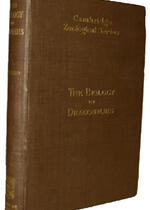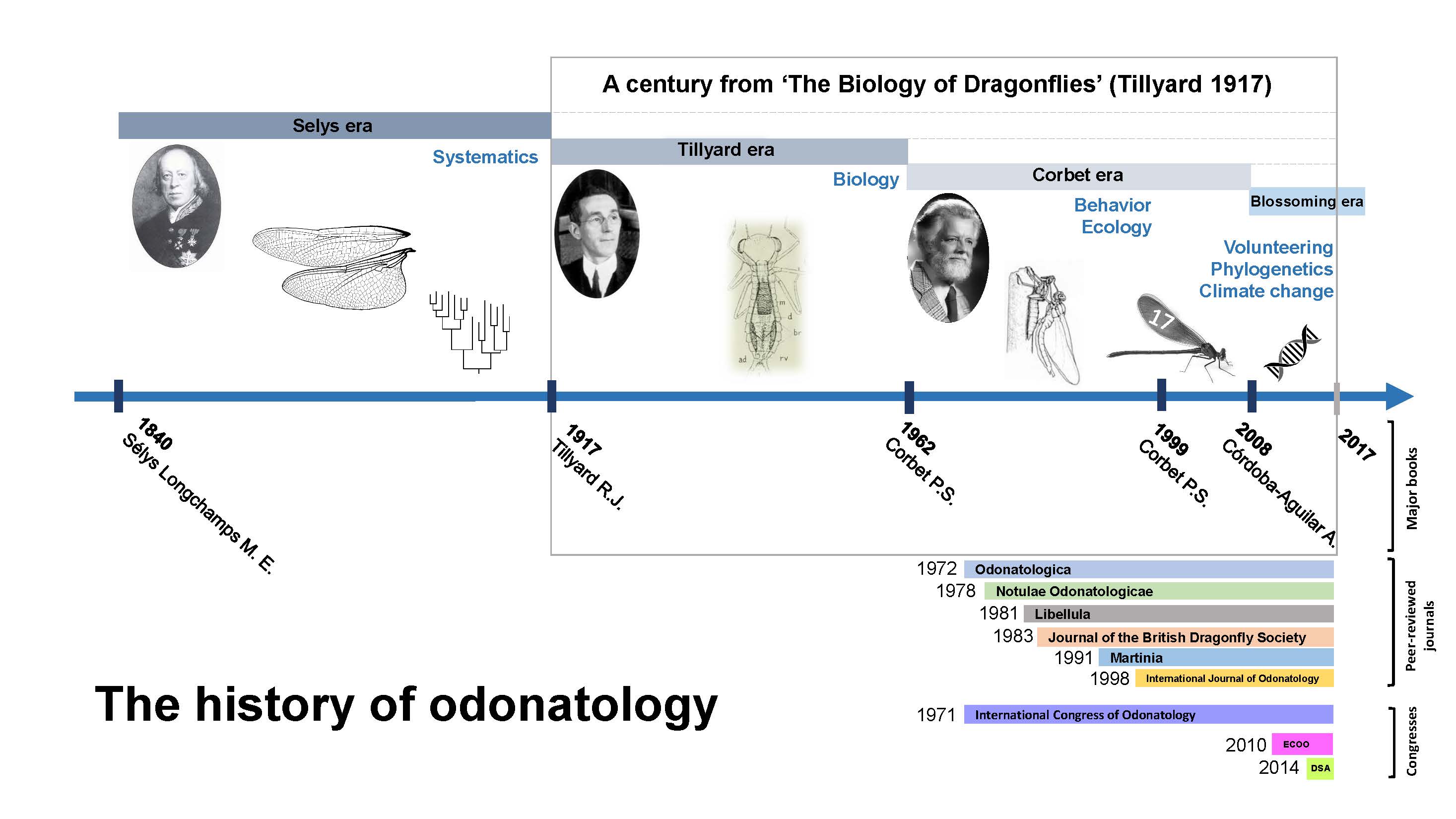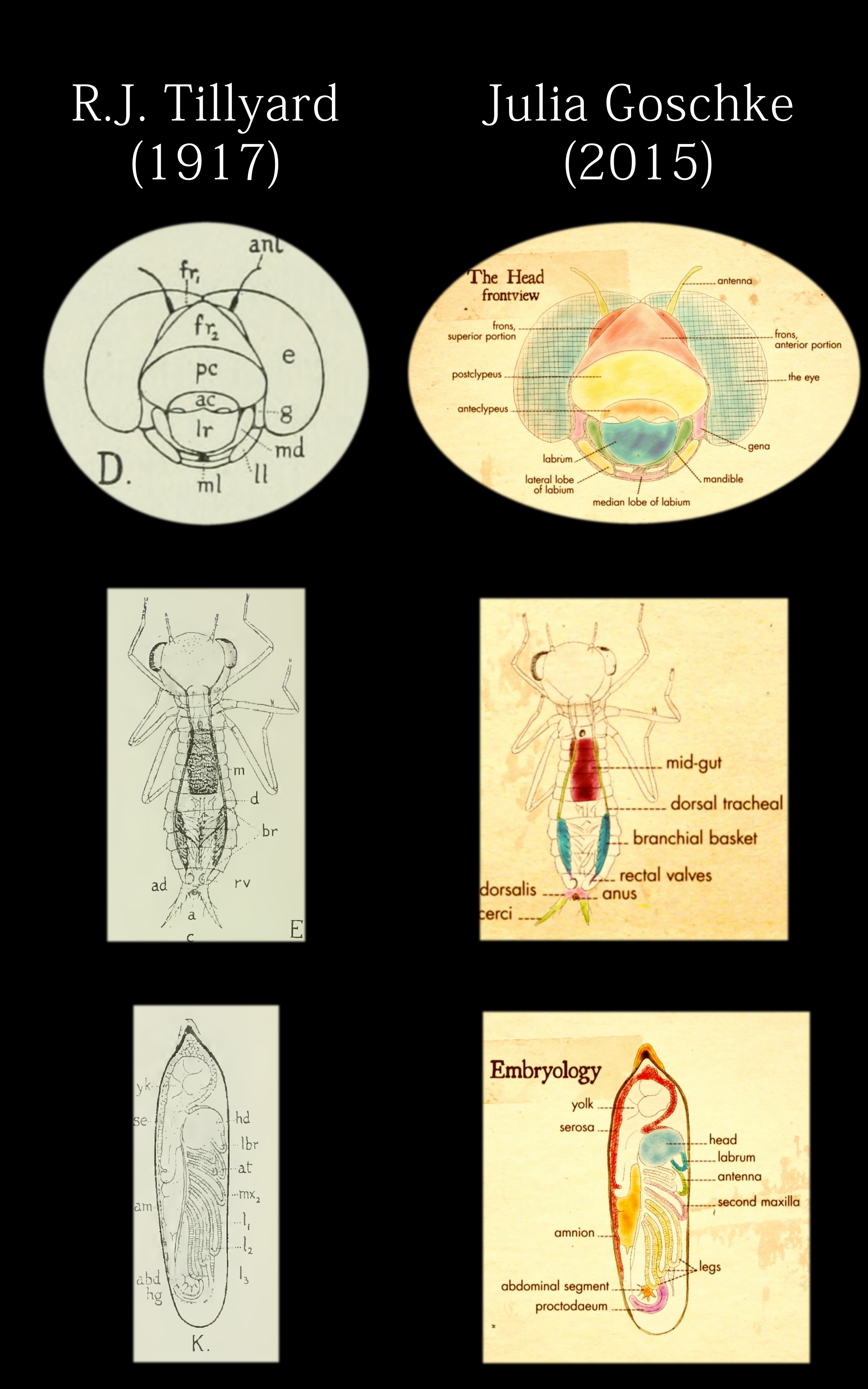Centennial celebration of 'The Biology of Dragonflies' by Tillyard (1917)
A noteworthy book written by a central pillar of odonatology
The year of 2017 marked the 100th anniversary of the publication of the Biology of Dragonflies (1917) by R.J. Tillyard; a goldmine of information and a masterpiece that played a great role in founding our current knowledge of the life of odonates.
 Photo: Tillyard 1917
Photo: Tillyard 1917
Robin John Tillyard was born on 31 January 1881 at Norwich, Norfolk, England. He was a passionate naturalist with a great interest in entomology and paleontology. He started to publish on odonates in 1905. He was graduated a BSc in 1914 and a Doctorate in Science in 1917, the same year he published The Biology of Dragonflies.
The book contained 396 pages, 19 chapters, 187 figures, and 4 plates. The information shown in the book was based on his own research on the morphology, anatomy, taxonomy, embryology, ontogeny, and phylogeny. The book is still considered today as the definitive work on the biology of odonates, and even Philip Corbet, another pillar of odonatology, stated in his classic book, Dragonflies: Behaviour and Ecology of Odonata, ‘The most comprehensive treatment of external and internal anatomy remains that of Tillyard (1917)’. The precision and quality of sketches are outstanding and similar to what is produced today in field guides and other books that use modern graphics technology.
In a review published in Austral Entomology commemorating the 100th anniversary of the book, the history of odonatology was summarized as described in Figure 1. There are four main eras: Selys era, Tillyard era, Corbet era and blossoming era. While the duration of each era is limited, the influence of each era never stops because each one generated key knowledge that fed the subsequent era and founded our current knowledge. The three first eras were named after scientists, but the fourth era was not. It was called the blossoming era because it is marked by an extraordinary increase in the popularity of odonates and an unprecedented contribution of volunteers coming from different backgrounds to study dragonflies.
 Photo: Khelifa et al. 2017
Photo: Khelifa et al. 2017
Fig. 1. A handy history of odonatology
It was suggested that even coincidence commemorated the 100th anniversary of the book. In fact, it is written in the preface of the book, ‘The MS. of this book was completed on March 19th, 1915…’. In March 2015, exactly 100 years to the month later, Julia Goschke, a German artist posted a video that animates several figures of the book. Julia was contacted to inquire whether she knew about the author, the book or dragonflies. Her answer was quite surprising. She wrote back ‘I’m just an illustrator and animator and I was inspired by the nice illustrations of this book. I just had the idea of making a piece of a dragonfly, because I like these animals’. This shows that the book has not only reached scientists but also artists.
 Photo: Rassim Khelifa
Photo: Rassim Khelifa
Fig. 2. Illustrations from the Biology of Dragonflies in their original state (left) and after graphic edition by Julia Goeschke (right).
Source:
Khelifa R, Theischinger G, Endersby I. (2017). A century on from The Biology of Dragonflies by Tillyard 1917: what have we learned since then? Austral Entomology. 56(2):138-147.
Julia Goschke website [http://juliagoschke.com/2015/03/the-biology-of-dragonflies/]
